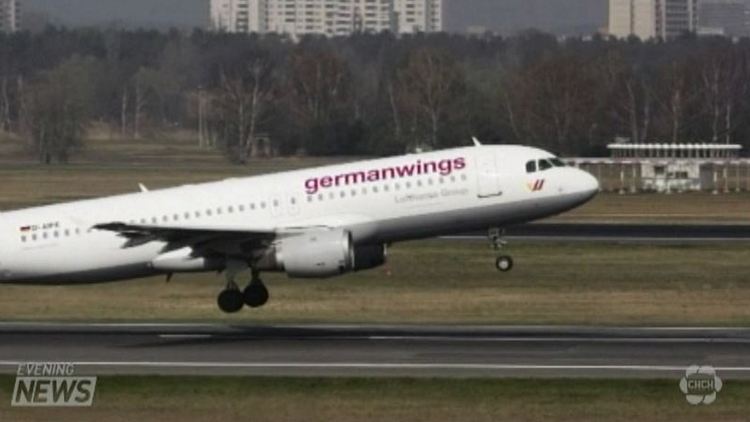
LATEST STORIES:


[projekktor id=’18210′]
The attacks of 9-11 were a turning point when it comes to cockpit safety. Since then, cockpits in all passenger planes have been equipped with a locking system. Until now it’s worked to keep potential threats away from the flight controls. But in the case of the Germanwings crash, the threat came from within.
Protocols are already starting to change here in Canada. Late this afternoon, Transport Minister Lisa Raitt announced that effective immediately, any Canadian airline carrying passengers will be required to have two crew members in the cockpit at all times. Air Canada also released a statement today saying that its airline would ensure that all flights have two people in the cockpit at all times. Had this already been a universal rule, it could have prevented the deliberate crash of a Germanwings flight.
Not long after takeoff, evidence from the cockpit voice recorder indicated that the co-pilot had deliberately locked the captain out of the cockpit and steered the plane into its fatal descent. So when the pilot left the cockpit, he wasn’t breaking any rules.
“It is very common for a pilot whether he be ion the left or the right seat if he is flying he will give control of the aircraft to the other pilot and excuse himself to go to the washroom.” says former crash investigator Dave Rohrer. Since 911 doors to the cockpit have to be secured and restricted to only authorized personnel. “When the pilot leaves the cockpit, the door locks behind him. He can come back and put the code in and that will send a buzzer in the cockpit to the other pilot saying they would like to get in, and he can unlock the door. Or he can override it so that code won’t open the door either.” Co-pilot Andreas Lubitz had logged 630 hours of flying. But Mr. Rohrer says that is not enough. “That’s very little time for a pilot to fly any airplane – let alone to fly a commercial passenger jet 320 airbus over the most congested and busy air space in the world. It would be akin to putting someone with a G2 Ontario drivers license in the middle of rush hour in downtown Toronto in a snow storm.”
The mystery behind the man who intentionally killed 150 people on board deepens. At no point during the descent was there any communication from the cockpit to air traffic controllers or any other signal of an emergency. Investigators will be looking into the co pilots background and psychological profile searching for any indicators that he would do something so irrational. And while the prosecutor handling the investigation says there is no indication that this was a terrorist attack, Independent Security Consultant David Hyde says its too soon to tell “As an investigator and if I was on this accident I would not rule anything out at this point.”
There is no initial obvious signs that it could be terrorism related but that does not mean that its not. Authorities have the full transcript of the final 30 minutes of the voice recorder. The captain is heard begging to get back in to the cockpit, but the co-pilot, heard breathing normally until the plane crashed, did not react. Before the plane crashed, the sound of passengers screaming could be heard. Dave Rohrer says passengers may not have known anything was wrong at first. They would have felt the plane descending but it wouldn’t have been until the last minutes where they would have looked out the windows and seen that there wasn’t an airport in sight – only a mountain.